Agroecology in the cloud forests of Guatemala
Corn is a sacred crop to the Mayan peoples of Guatemala. Unfortunately the cultivars most commonly used in the cloud forests require pesticides and fertilisers to grow well, and this destroys soil quality. After a few years, more forest has to be cut down to make way for more corn. Growing in monoculture also means that most wildlife is then restricted to the remaining forest fragments. Agroecology is a way to maintain soil quality by growing mixed crops that also function as a habitat for wildlife in the cloud forests of Guatemala.
Many Mayan villages in the highlands of Alta Verapaz are surrounded by cloud forest. By moving away from mono-cropping and utilising multiple crop species, farmers can make their land habitable by the many endangered and endemic wildlife species that also exist here and are threatened by dramatic levels of habitat loss.
Creating canopy cover is an effective way to increase soil quality, add value for wildlife, and restore natural habitat. When this is achieved with crop plants then a ‘food forest’ is created and humans and wildlife can thrive together. For example, planting with a mix of naranjia (a sweet tomato-like fruit) and native oak, along with other species of crop, like blackberries, will help create understory and ground cover, as well as forest canopy. It won’t be long before a once open plot of land will reconnect fragments of cloud forest and allow wildlife to pass between them.
A cloud forest food garden is full of crops such as banana, naranjia, and herbs, additionally it is also packed with flowering plants such as birds of paradise that provide food for all manner of insects and nectar feeding birds like hummingbirds. Crops such as pineapple and malanga (taro) can be used to create effective ground cover in an agroecology cloud forest. They not only provide food for people, but also great habitat for insects, lizards and small mammals.
At Indigo Expeditions we work closely with our partners in the cloud forests of Guatemala to assess the effectiveness of agroecology as a method for recreating forest as a tool for amphibian and reptile conservation. By surveying in agroecology plots and natural forest we investigate not only the differences in diversity between different habitats, but also the rates of recolonisation by species of reptiles and amphibians.
The habitat structure of this invasive elephant grass has very poor value for wildlife. When it is cleared for agroecology and replaced with a mix of crops and native trees we find that many species of reptiles and amphibians, including critically endangered frogs, will be found in these areas within a few years of cultivation.
We have found critically endangered montane robber frogs (Craugastor lineatus) in an agroecology walnut / oak plantation. This cloud forest species relies on having a significant leaf-litter as this is where it lays its eggs. Only after five years was there enough leaf-litter to support this species and allow it to recolonise from adjacent cloud forest.
The keeled helmeted iguana (Corytophanes percarinatus) is a cloud forest specialist. We have found individuals basking at the edge between natural forest and an agroecology parcel growing crops such as amaranth, pineapple, and malanga. The wildlife friendly techniques of agroecology provide enough food and habitat structure for this amazing lizard to feel secure enough to bask in the morning sun.
The critically endangered Alta Verapaz spikethumb frog (Plectrohyla teuchestes) is endemic to Guatemala, and known only from a few waterfalls in the cloud forest. One of those waterfalls is in a patch of remnant cloud forest next to some very productive agroecology plots, and is testament to the fact that wildlife and food production can live side by side.
After a day of surveying for amphibians and reptiles it always a joy to come back to a feast from the cloud forest garden, especially when it’s a lovingly prepared meal of pineapple, mango and blueberries, with blackberry cake and naranjia jam and blackberry jam – most of which have been grown in the agroecology plots where we encounter all kinds of wildlife such as hummingbirds, endangered amphibians, endemic reptiles, even wild cats like the margay.
the cloud forests of Guatemala
The highlands of Alta Verapaz range from 1500m to 1800m above sea level and cover a wide variety of both natural and manmade habitats. The lower elevations of land have been converted for agriculture and grazing.
At the middle elevations the natural habitat is a mixed pine-oak forests, although some areas have become commercial pine plantations. It’s only at higher elevations that natural habitat is classified as cloud forest.
These spectacular mountain cloud forests of Guatemala are home to numerous species of reptiles and amphibians, many of which are little known and have very limited geographic ranges (eg Abronia fimbriata, Pletrohyla pokomchi, Plectrohyla quecchi, and Craugastor lineatus).


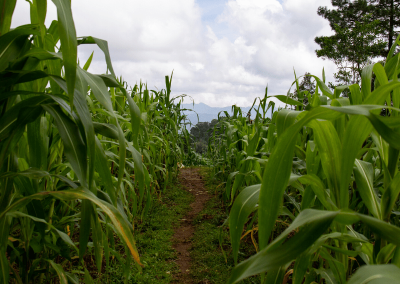
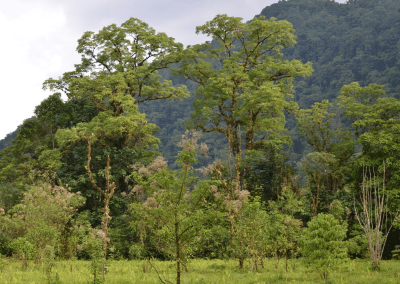
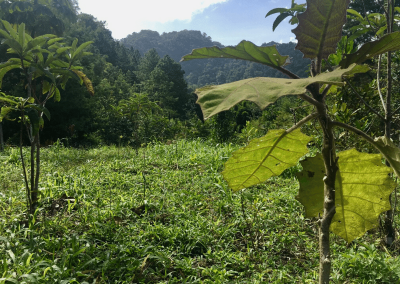
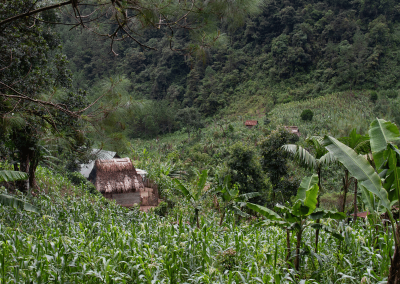
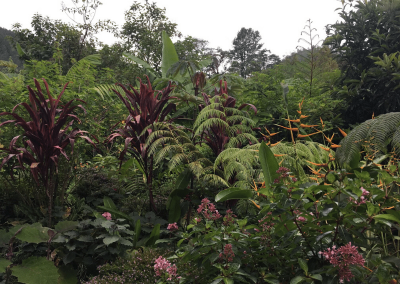

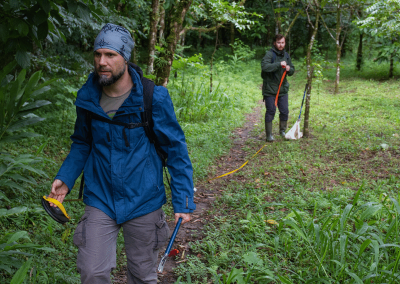

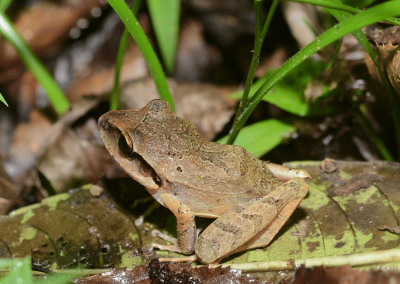
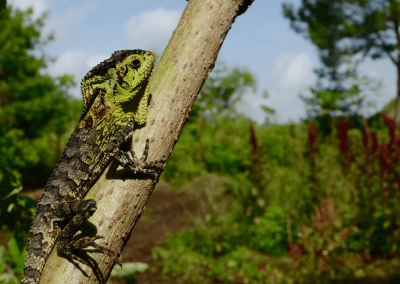




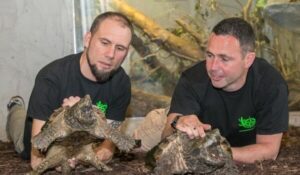





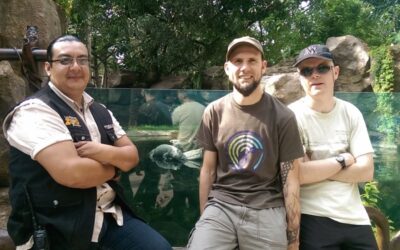



0 Comments